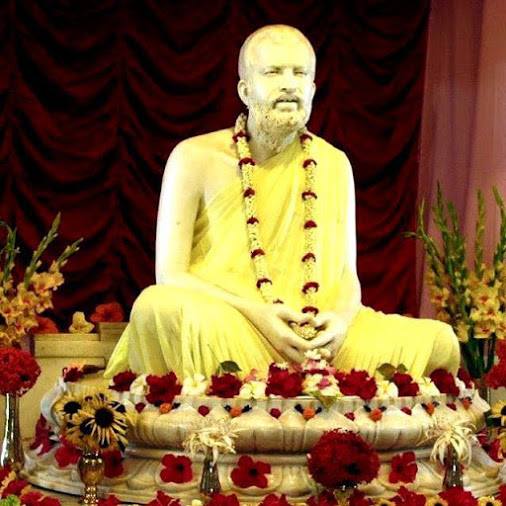Understanding Varnashrama Dharmam : Swami Nikhilananda Saraswati
22/03/2019
There are numerous understandings and misunderstandings about the Chaturvarna. Some people are hyper or super-hyper; others become silent or even aggressive when this burning and emotional topic comes up.
Chaturvarnam :-
The Chaturvarna or the four-fold system of Varna is mentioned in the Bhagavad-gita. Sri Krishna states:
caturvarnyam maya srshtaṃ gunakarmavibhagasah
tasya- kartaram api maṃ viddhy akartaram avyayam. Gita - Ch-4. Slo-13.
Here, Bhagavan points out that He, Himself, created the four kinds of Varnas - Brahmin, Kshatriya, Vaishya and Shudra. Just as the moon, sun, stars and beings are created by God, Chaturvarna has been always there and human beings are born with it.
Birth and Varnam :-
In actual fact, these four varnas are the four types of human beings - Brahmin, Kshatriya, Vashya and Shudra. Based on our karmas and samskaras, we get a particular type of body. This is prarabhdha which causes us to be born in a certain type of environment in order to fulfill our desires. This perfect system follows the laws of nature. A Brahmin, due to present sinful karmas, may deteriorate and be born in a lower varna in his next life.
In Satya Yuga and Treta Yugas, the varna system was based on birth, but by the beginning of Dwapar Yuga, it became confusing. After the Mahabharata war, a lot of varna sankara or admixture of castes happened, causing confusion. It is similar to a painter’s pallet with different colours arranged systematically. But as the painter starts painting, he dips the same brush into various colours and creates a hodgepodge.
Guna and Varnam :-
The three gunas - sattva, rajas and tamas are the predominant cause of samskaras. They are present in each one of us in different proportions.
For example, a Brahmin has greater sattva guna, less rajoguna and very little of tamoguna. Kshatriyas have more rajas some sattva and less of tamas. Vaishyas have a predominance of rajoguna followed by some tamoguna and sattva. In shudras, tamoguna overrides rajoguna and then comes sattvaguna. The different broad classification of chaturvarna is based on these mathematical proportions.
Duties and Varnam : -
It is important to note that specific duties have been assigned to all the four varnas. The Brahmins have the duty of studying, teaching dharma and imparting knowledge of the scriptures. Kshatriyas have to protect society and look after its administration. The Vaishyas are the producers and distributors of the wealth. These are the three varnas which have been given their portfolios. The rest are the helpers who assist the above three in the performance of their portfolios. In any society, the majority consists of the last group.
This four-fold division can be easily understood by taking the example of our body. The head controls the mind and senses. It enables us to have a vision and understand our goal. Then, we use our abilities and strength to move towards the goal. In addition, we need to protect ourselves and take care of resources within the body. All three portfolios need workers to execute the work.
Family and Varnam :-
Similarly, a family also has a vision and its own constitution. All members of the family work based on that constitution. This is the dharma of an ideal family.
The Brahmin in the family is the one who studies the scriptures and provides the vision. The Kshatriya is the one who sees that the dharma is protected. But to make anything function, we need resources, we require wealth. This is the duty of the Vaishya. Sometimes the same person plays all the three roles and works towards the well-being of the whole family.
***





Comments
Post a Comment